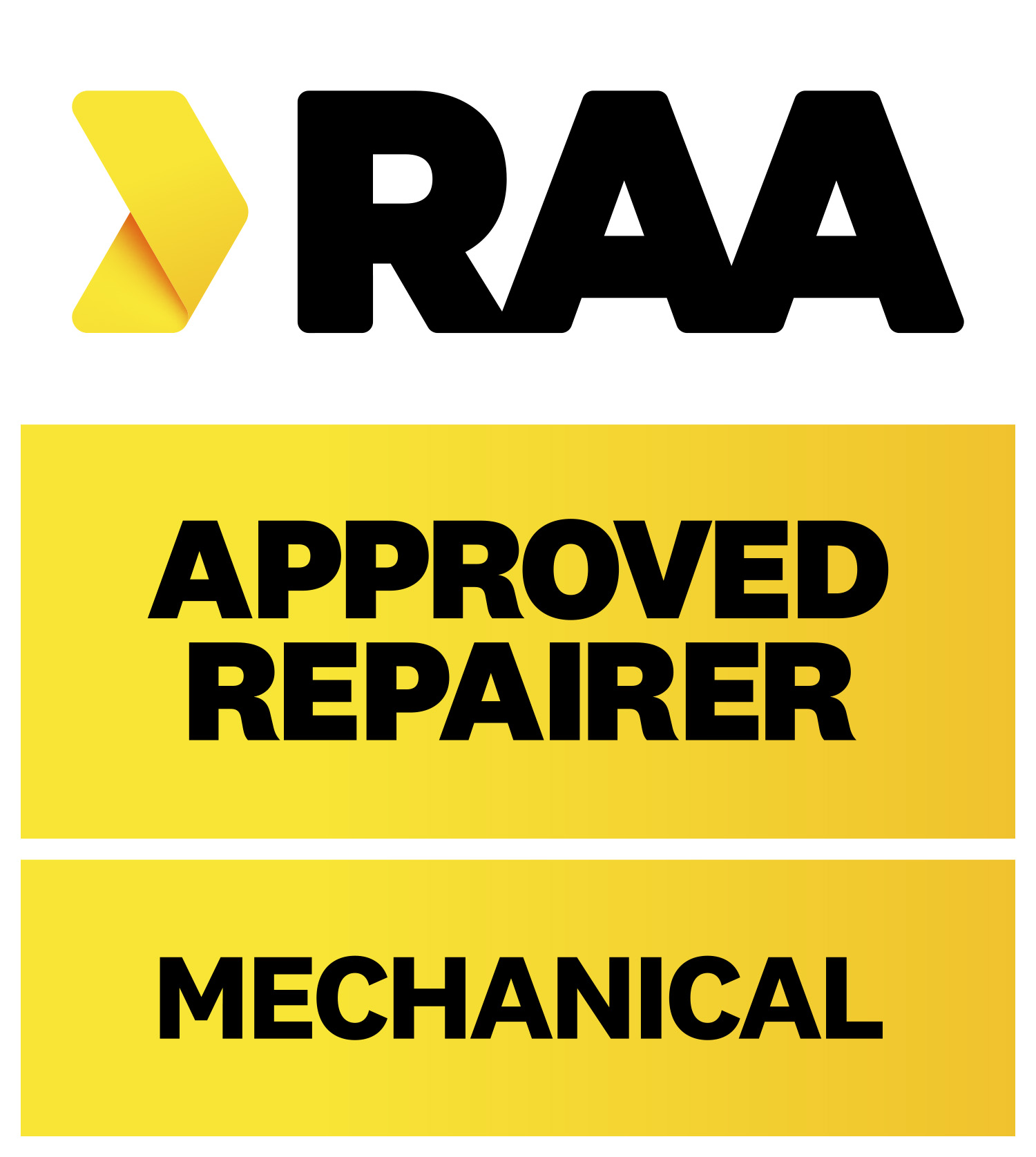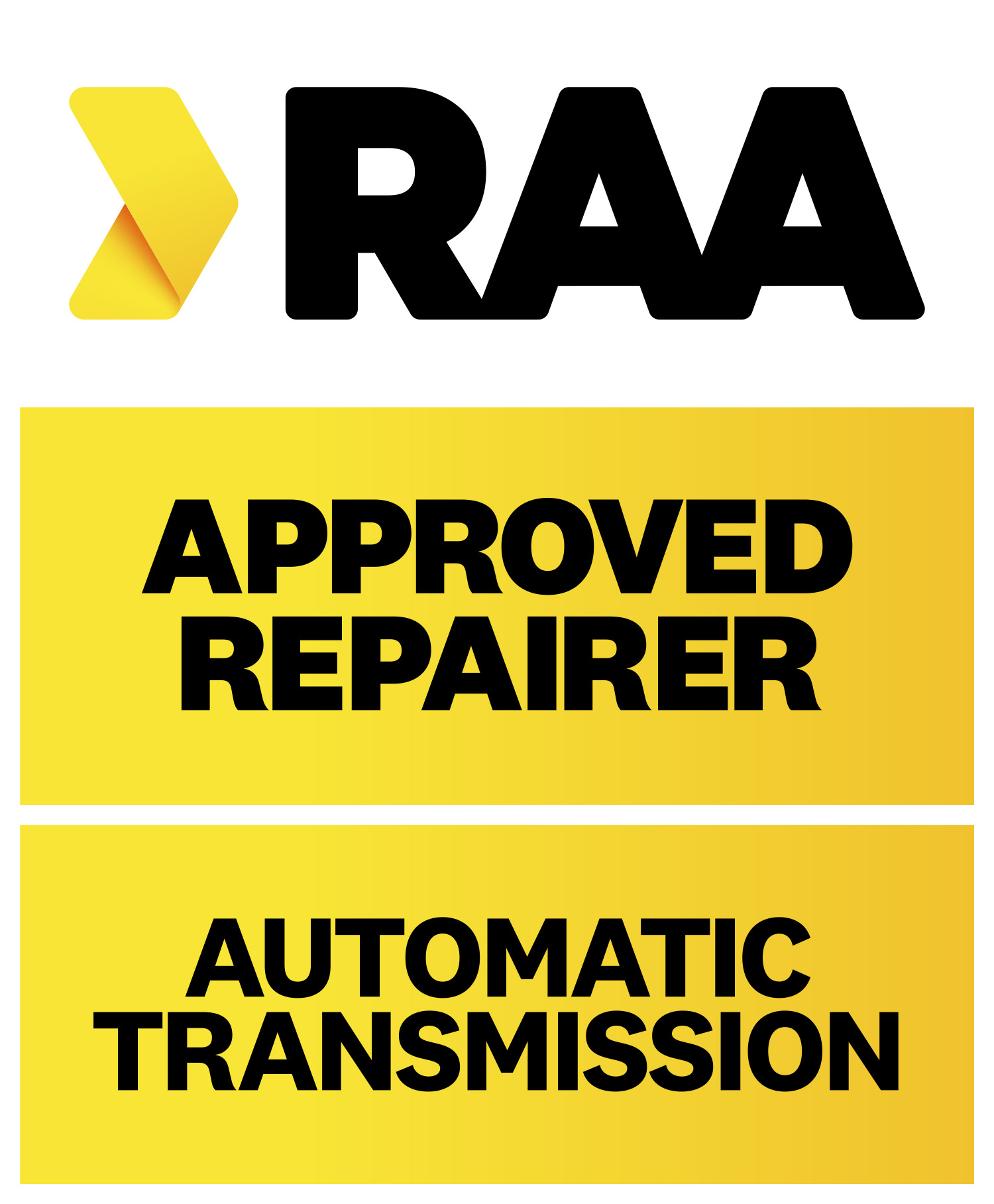FAQ
- Why is it important to have an automatic transmission service?
- Another workshop has told me my vehicle requires a Transmission Flush – why do you use the term Transmission Service?
- How often should I have my transmission serviced?
- I have water/coolant in my automatic transmission, can it be flushed out?
- What is an external transmission oil cooler and why should I have one fitted?
- I’m having transmission problems, how much will it cost to repair? Can you give me a ballpark figure?
- How often should I replace my engine oil and filter and have a safety inspection?
- My new car is under warranty. Do I have to take it to the dealer for maintenance servicing?
- When does the timing belt on my car need changing?
- Why does my brake pedal shudder and vibrate when I apply the brakes?
- There is a check engine light on my dash – what should I do and will it hurt my car if I continue driving?
- I have a low coolant light on my dash – what does this mean?
- Why does my car make clicking noises when I turn corners?
Why is it important to have an automatic transmission service?
“Most makers today tell us that the automatic transmissions in our cars are “filled for life” on the assembly line and will never need servicing. But to take that advice on face value is to court disaster.
The fluid in an automatic transmission is its lifeblood. It depends on it to operate efficiently over a long period of time and to ignore it is to risk an expensive meltdown.” (Cars Guide, August 13 2011)
A special transmission fluid cools your transmission and lubricates the gears. Over time and with high temperature, this fluid degrades and its efficiency is reduced. Changing the fluid and servicing the transmission at the correct intervals can help prevent premature wear and damage to the transmission. This is done by removing the old transmission fluid and replacing it with new, clean fluid, as well as replacing the transmission filter.
Another workshop has told me my vehicle requires a Transmission Flush – why do you use the term Transmission Service?
A transmission service is where the service on your transmission is carried out to the set Australian Standard. This includes dropping the transmission pan to inspect, replacing the pan gasket and filter, replacing the transmission oil, adjusting bands (where applicable), inspecting your driveline, checking neutral start switch operation and checking for leaks.
Rowell & Searle are proud to carry out their servicing to the Australian Standard, and thus use the term Transmission Service. Those places that are not carrying out the service to the full Australian Standard are not allowed to use the term “Transmission Service”. These places generally only replace the transmission fluid using a special flushing machine – hence using the term “transmission flush”
How often should I have my transmission serviced?
The service routine recommended by transmission specialists, and Rowell & Searle, for cars in normal use is to change the oil and filter every 12 months or 20,000km if using mineral based transmission oil, and every 24 months or 40,000km for synthetic oil. For vehicles working in more punishing conditions, such as hilly terrain, on sandy tracks, using four-wheel-drive, or towing regularly, those intervals should be reduced.
I have water/coolant in my automatic transmission, can it be flushed out?
When water or coolant gets inside of an automatic transmission, it dissolves the water soluble glue that attaches the friction lining to the clutch plates. This lining lifts off and goes through the transmission causing damage. The water may also cause rust to form.
The amount of water and the length of time that water has been inside the transmission will determine the extent of the damage. In most cases, if the water contamination is not detected early, the transmission will need to be overhauled to replace the damaged parts. If the water contamination has only just occurred, flushing out the transmission may be an option.
Water usually gets into the transmission one of two ways. The most common way is through the radiator failing. If the radiator ruptures or splits, transmission fluid can enter the radiator and coolant can enter the transmission. In this case, the radiator will also need to be replaced as well as rebuilding the transmission. In other cases, water may enter the transmission through a vent or breather on the transmission. If the vehicle is driven through flood waters and the water level is at or above the vent, the water will be drawn inside the transmission.
There is no shortcut that will repair the transmission. It is only a matter of time before the transmission will begin to exhibit abnormal operating symptoms and fail completely.
What is an external transmission oil cooler and why should I have one fitted?
Without a doubt, the biggest enemy and killer of automatic transmissions is heat. When your transmission is placed under increased load, such as when you are towing, driving on sand or spending extended periods driving uphill, your transmission oil will get hot and lose its effectiveness. Also when you are driving around town in stop-go traffic, your torque converter slips at light throttle generating potentially damaging heat.
As the transmission fluid heats up, it loses its viscosity and lubrication qualities. This promotes wear and tear on almost every component within the transmission including the clutch packs, planetary gears, the torque converter, and will eventually lead to premature failure of the transmission. Keeping the transmission cool is the easiest and best way to dramatically improve the life of your auto.
Here at Rowell & Searle we recommend all vehicles that are towing have an external transmission cooler fitted. Heat is the enemy of your transmission, but it can be combatted by installing an external transmission cooler. The external transmission cooler relies on outside air for heat transfer, rather than the overworked radiator.
If you would like further information on whether you need an external transmission cooler please contact us on (08) 8221 6694.
I’m having transmission problems, how much will it cost to repair? Can you give me a ballpark figure?
The exact cost of any repair is unknown and almost impossible to quote on until proper diagnostics are carried out on the vehicle. As a vehicle owner you shouldn’t make decisions based on ballpark figures provided over the phone. The figure provided may be a “worst case” scenario which may not apply to your situation, or the figure may be quoted too low and you end up having to fork over a larger amount than expected.
After carrying out a thorough diagnostic test on your vehicle, a technician will be able to tell you exactly what you are dealing with and an accurate estimate of the cost to fix your car.
How often should I replace my engine oil and filter and have a safety inspection?
We recommend carrying out maintenance servicing at the intervals specified in your owner’s manual. If you do not follow their servicing schedule we recommend replacing your engine oil and filter and having a general maintenance inspection every 10,000km or 6 months.
My new car is under warranty. Do I have to take it to the dealer for maintenance servicing?
No you don’t. Your new car warranty will not be affected if you have your vehicle serviced somewhere other than a dealer. The only requirements are that a qualified mechanic carried out the work using genuine parts and a record is kept in your log book.
When does the timing belt on my car need changing?
Every vehicle is different. The scheduled time or mileage interval when your timing should be replaced is specified by the manufacturer in your log book. Generally it is scheduled every 100,000km – however we have been seeing some that are scheduled as early as 60,000kms. If you have misplaced your log book or unsure of when your vehicles timing belt should be replaced – contact us and we can help you out. It is vital you don’t overlook or delay replacing your timing belt as the result of it breaking will be highly costly.
Many modern vehicles have timing chains instead of timing belts –which only require replacing if noisy or damaged.
Why does my brake pedal shudder and vibrate when I apply the brakes?
This more than likely means you have warped brake rotors. This issue tends to occur when your brakes have gotten very hot – for example riding your brakes coming down a steep hill. To repair this your brake rotors will need either machining or replacing. You should have your brake pads inspected at the same time.
To avoid this issue occurring in future, when you are coming down a steep hill – put your vehicle back into a lower gear to give you more engine braking. i.e. Put it in ‘3’ rather than ‘D’ or 4th rather than 5th. This means you use your brakes less and stops them from getting too hot and warping. It also causes less wear on your brakes.
There is a check engine light on my dash – what should I do and will it hurt my car if I continue driving?
If a check engine light is on your dash, it means there is an electronic fault that has occurred with your vehicle which has registered a fault code. When this happens your car may also get stuck in one gear – usually 3rd. If this has occurred to you, you need to take your vehicle to your mechanic and have to fault codes read and cleared to work out what the problem is. The scan will not rectify the problem but it will tell you what requires replacing to fix the issue. If you continue driving your car without getting it checked out, you may risk causing further (more expensive) damage to your vehicle. The light is coming on as a warning that something is wrong with your car.
I have a low coolant light on my dash – what does this mean?
A low coolant light means that your coolant level is low and requires topping up. Usually this indicates that you have a coolant leak somewhere which needs to be investigated. If you continue to drive your vehicle with low coolant or no coolant – you risk overheating your vehicle and burning out your motor.
When topping up your coolant to get your car to your mechanic, ensure you use the same type of coolant that is already in your vehicle. If you are unsure what is already in there – top it up with distilled water temporarily.
Why does my car make clicking noises when I turn corners?
If your car makes clicking noises when turning corners (whether only one side or both), your CV boots may need replacing. When these boots perish with old age they split and are no longer effective. This causes the clicking noise. The boots protect your CV shafts from getting road grime in them. If they are left too long without replacing once split – you may also need to replace your CV shafts.



